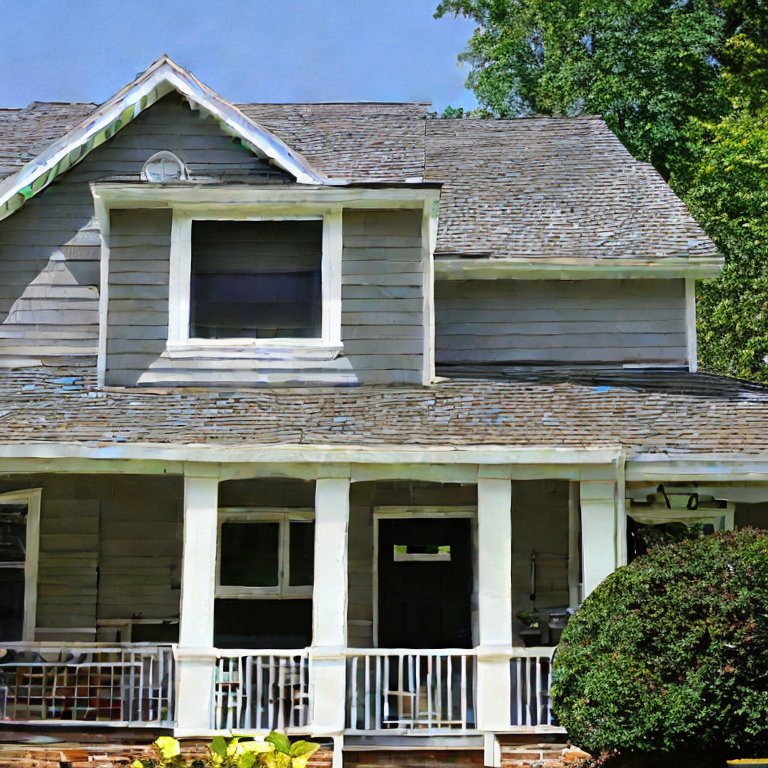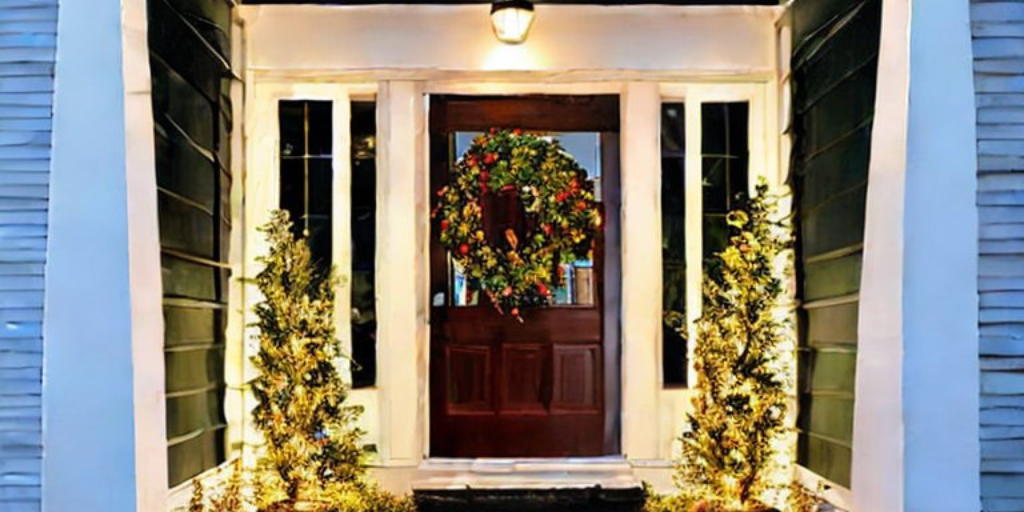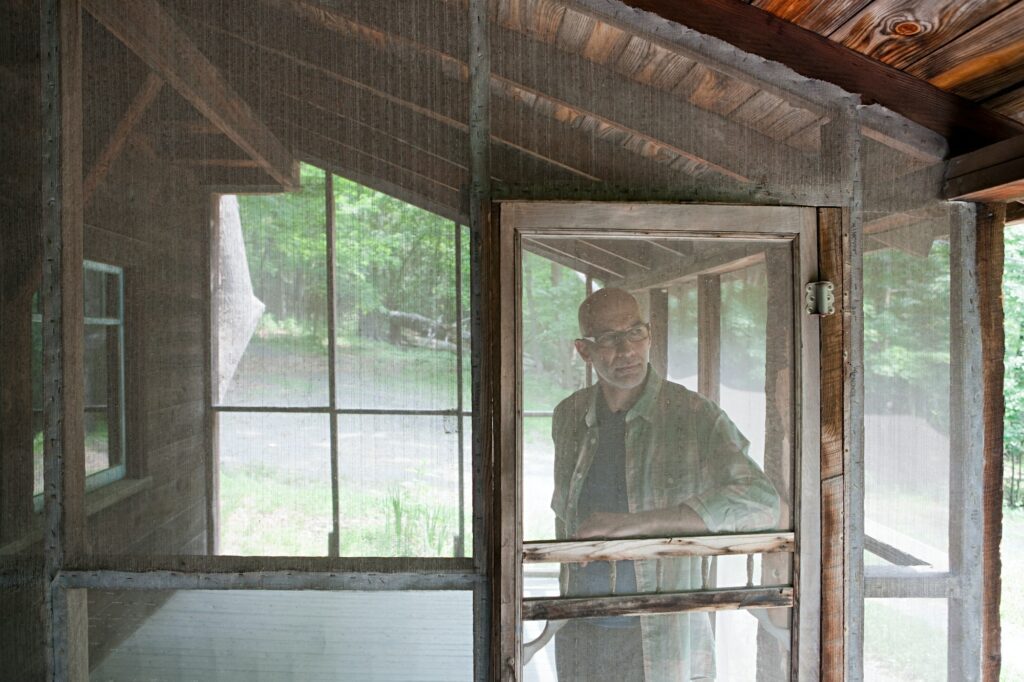Welcome to our comprehensive guide on how to repair flashing on porch roof! Your porch is a beautiful and functional space that adds value and charm to your home. However, over time, the flashing on your porch roof may deteriorate, leading to potential water leaks and damage.
But fear not! In this article, we’ll provide you with step-by-step instructions, useful tips, and expert advice to help you tackle porch roof flashing repairs like a pro. Whether you’re a seasoned DIY enthusiast or a beginner looking to enhance your home maintenance skills, this guide has got you covered.
Understanding porch roof flashing: what you need to know
Contents
- 1 Understanding porch roof flashing: what you need to know
- 2 Signs of damaged flashing: How to identify the problem
- 3 Tools and materials: gathering your repair arsenal
- 4 Step-by-step guide on how to repair flashing on porch roof
- 5 FAQs about how to repair flashing on porch roof
- 5.1 Q1: Can I repair porch roof flashing myself, or should I hire a professional?
- 5.2 Q2: How often should porch roof flashing be inspected and repaired?
- 5.3 Q3: What can I do to prevent flashing damage in the future?
- 5.4 Q4: Can I reuse the existing flashing when making repairs?
- 5.5 Q5: Should I apply sealant to the entire flashing surface?
- 6 Conclusion on how to repair flashing on porch roof
Flashing serves as a protective barrier on your porch roof, preventing water from seeping into vulnerable areas and causing damage. It consists of thin metal sheets, typically made of aluminum or galvanized steel, strategically installed to redirect water away from critical junctions such as the intersection between the porch roof and the adjacent walls. Understanding the purpose and importance of porch roof flashing is crucial before diving into the repair process.
What is porch roof flashing?
Porch roof flashing refers to the metal strips or sheets installed along the edges, joints, and transitions of your porch roof. It acts as a weatherproofing measure, directing rainwater away from vulnerable areas and preventing leaks. Flashing is typically installed around chimneys, skylights, vents, and other areas where the porch roof intersects with vertical surfaces.
Why is flashing important for porch roofs?
Flashing is a critical component of porch roof construction because it helps maintain the structural integrity of your porch and protects it from water damage. By effectively diverting water away from vulnerable areas, flashing prevents leaks, rot, mold growth, and other issues that can compromise the durability and aesthetics of your porch. Properly installed and well-maintained flashing ensures that your porch remains dry and leak-free, providing you with a comfortable and long-lasting outdoor space.
Signs of damaged flashing: How to identify the problem
To initiate the repair process, it’s important to identify signs of damaged porch roof flashing. By recognizing these indicators early on, you can address the issue promptly and prevent further damage to your porch. Here are some common signs to watch out for:
Common signs of flashing damage
- Water leaks: Noticeable water stains or dripping from the ceiling of your porch.
- Rot or decay: Soft or crumbling wood around the flashing area, indicating moisture damage.
- Mold or mildew: Presence of mold or mildew on the walls or ceiling near the flashing.
- Peeling paint or wallpaper: Paint or wallpaper that is bubbling, peeling, or discolored.
- Visible gaps or cracks: Gaps or cracks in the flashing material or at the junctions between flashing sections.
- Loose or displaced flashing: Flashing that is visibly loose, warped, or has shifted from its original position.
- Deteriorated caulking: Cracked or dried caulking around the flashing edges, allowing water penetration.
How to inspect porch roof flashing
To inspect your porch roof flashing, follow these steps:
- Visual examination: Examine the flashing for signs of damage, such as rust, corrosion, or physical deterioration.
- Check for leaks: During a rainstorm, observe the porch roof for any water seepage or leaks.
- Use a flashlight: Inspect the underside of the porch roof from the interior, looking for signs of water damage, mold, or peeling paint, If accessible, check the attic space below the porch roof for any signs of water damage or moisture.
Tools and materials: gathering your repair arsenal
Essential tools for porch roof flashing repair
- Safety equipment: Safety glasses, gloves, and a sturdy ladder.
- Pry bar or flathead screwdriver: For removing damaged flashing.
- Tin snips or metal shears: To cut and shape new flashing material.
- Hammer: Used to secure the flashing in place.
- Caulk gun: For applying sealant.
- Nails or screws: To secure the flashing to the porch roof.
Materials needed for the repair
To successfully repair flashing on your porch roof, gather the following materials:
- Flashing material: Choose corrosion-resistant metal flashing or durable plastic flashing.
- Nails or screws: Select appropriate fasteners based on the flashing material and porch roof type.
- Roofing cement or adhesive: Use a high-quality product suitable for your specific porch roof material.
- Sealant: Opt for a weatherproof sealant that adheres well to both the flashing material and the porch roof surface.
Having these tools and materials ready will make the repair process smoother and more efficient, ensuring a successful outcome.


Step-by-step guide on how to repair flashing on porch roof
1. Preparing for the repair
- Put on your safety gear, including goggles and gloves.
- Secure the ladder and ensure it is stable.
- Clear the porch area of any furniture or obstacles.
2. Removing the damaged flashing
- Carefully pry off the old flashing using a pry bar or flathead screwdriver.
- Remove any remaining nails or screws.
3. Cleaning and preparing the area
- Thoroughly clean the exposed surface, removing debris, dirt, and old sealant.
- Inspect the area for any signs of damage or rot. Make necessary repairs if required.
4. Installing new flashing
- Measure and cut the new flashing material to the appropriate length and shape.
- Align the flashing with the roof seam or joint, ensuring a snug fit.
- Secure the flashing using nails or screws, placing them at regular intervals.
5. Sealing and securing the flashing
- Apply a generous amount of roofing cement or adhesive to the underside of the flashing.
- Press the flashing firmly against the roof surface, ensuring a tight bond.
- Use additional roofing cement or adhesive to seal any gaps or edges.
6. Finishing touches and final inspection
- Clean up any excess roofing cement or adhesive.
- Conduct a final inspection to ensure the flashing is securely in place and properly sealed.
- Allow sufficient time for the sealant to dry and cure before exposing the porch roof to weather conditions.
With these step-by-step instructions, you can confidently repair the flashing on your porch roof, protecting it from leaks and maintaining its structural integrity.
FAQs about how to repair flashing on porch roof
Q1: Can I repair porch roof flashing myself, or should I hire a professional?
A: While porch roof flashing repair can be done as a DIY project, it’s essential to assess your skills and comfort level with roofing repairs. If you’re unsure or if the damage is extensive, it’s advisable to seek professional assistance. They have the expertise and tools to handle the repair effectively and ensure long-lasting results.
Q2: How often should porch roof flashing be inspected and repaired?
A: It’s recommended to inspect your porch roof flashing at least once a year, preferably during the spring or fall. Regular inspections allow you to catch any signs of damage early and address them promptly. As for repairs, they should be done as soon as you notice any issues, such as gaps, cracks, or leaks.
Q3: What can I do to prevent flashing damage in the future?
A: To prevent future flashing damage, consider the following tips:
- Regularly inspect and maintain your porch roof, clearing debris and addressing any issues promptly.
- Trim overhanging branches to prevent them from rubbing against or damaging the flashing.
- Ensure proper ventilation in your porch area to minimize moisture buildup.
- Avoid using harsh chemicals or pressure washers that can damage the flashing material.
- During severe weather, secure loose items on your porch to prevent them from causing damage to the flashing or roof.
Q4: Can I reuse the existing flashing when making repairs?
A: In most cases, it’s best to replace the damaged flashing with new material. Reusing old flashing may not provide a reliable and long-lasting solution. New flashing ensures a proper fit and optimal protection against water intrusion.
Q5: Should I apply sealant to the entire flashing surface?
A: While applying sealant to the entire flashing surface can provide an extra layer of protection, it’s not necessary. Focus on sealing any gaps, edges, or areas where the flashing meets the roof surface. This targeted application will effectively prevent water penetration.
Conclusion on how to repair flashing on porch roof
Now you know how to repair flashing on porch roof , you can ensure the longevity and functionality of your outdoor space. By addressing flashing damage promptly and following the step-by-step guide provided, you can safeguard your porch from leaks and water-related issues.
Remember to conduct regular inspections, perform necessary maintenance, and seek professional help when needed. With proper care and attention, your porch roof will remain strong, secure, and ready to withstand the elements for years to come.
So roll up your sleeves, gather your tools, and take the necessary steps to repair flashing on your porch roof like a pro. Enjoy a dry and worry-free porch experience, no matter the weather!






